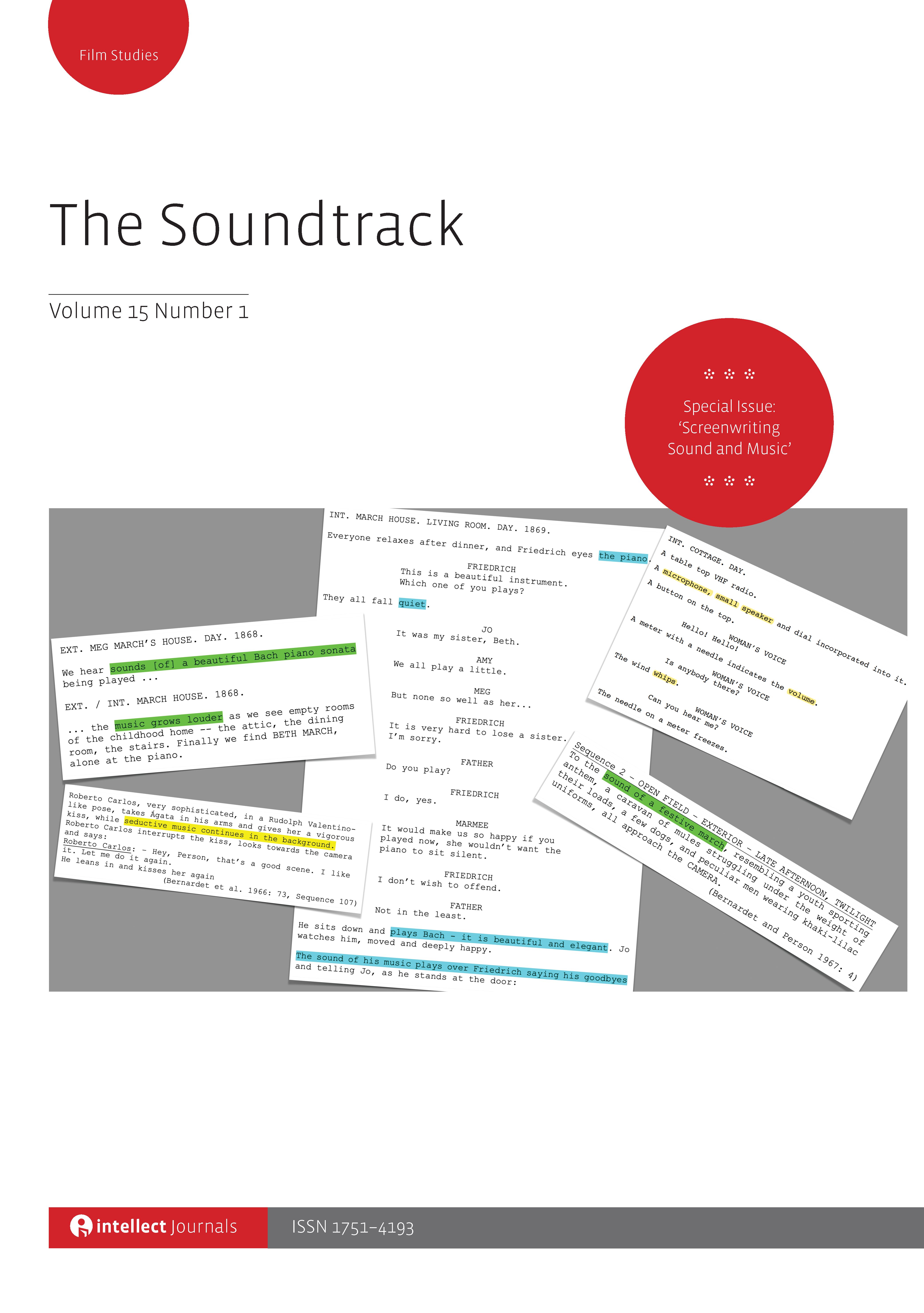
Full text loading...

The article explores the ways in which the boundaries of cinema are being tested by the transformation of historically formed lip-synching conventions by recent pop music films. While films based on computer-generated imagery rely on the familiar conventions of synchronizing images with the embodied voices of recognizable singer celebrities to regain an impression of corporeality, films created by and starring these same popular musicians choose to forgo this cinematic synchronization aesthetics. This asynchronization is not presented as an interruption within the film, as was often the case in the past, but rather as an alternative to sound cinema’s established vocal conventions of gender and race, as well as its hierarchies of technologies, industries and platforms.

Article metrics loading...

Full text loading...
References


Publication Date:
https://doi.org/10.1386/ts_00015_1 Published content will be available immediately after check-out or when it is released in case of a pre-order. Please make sure to be logged in to see all available purchase options.